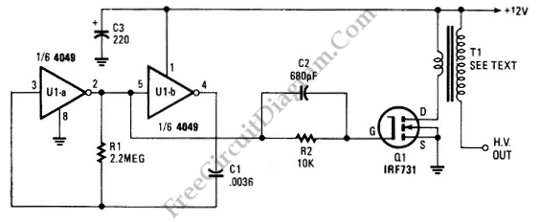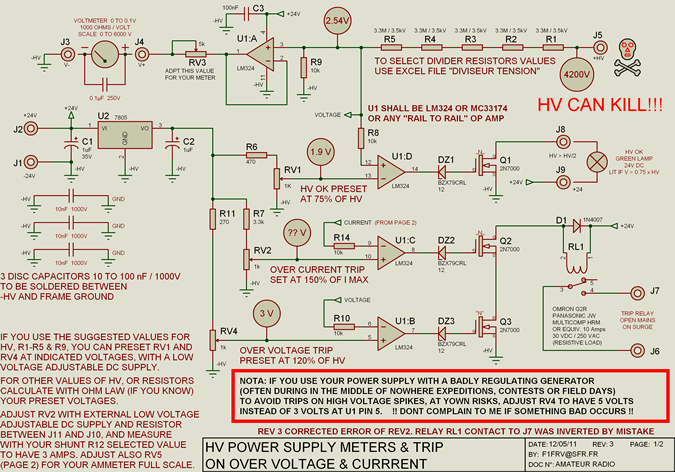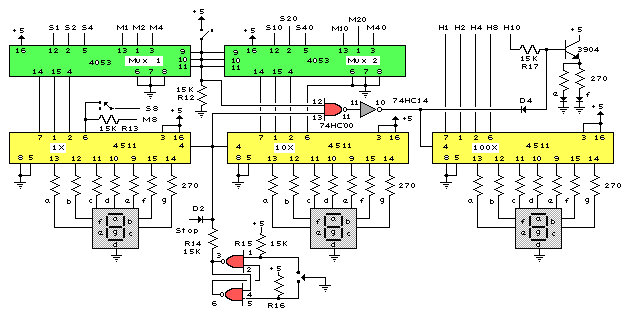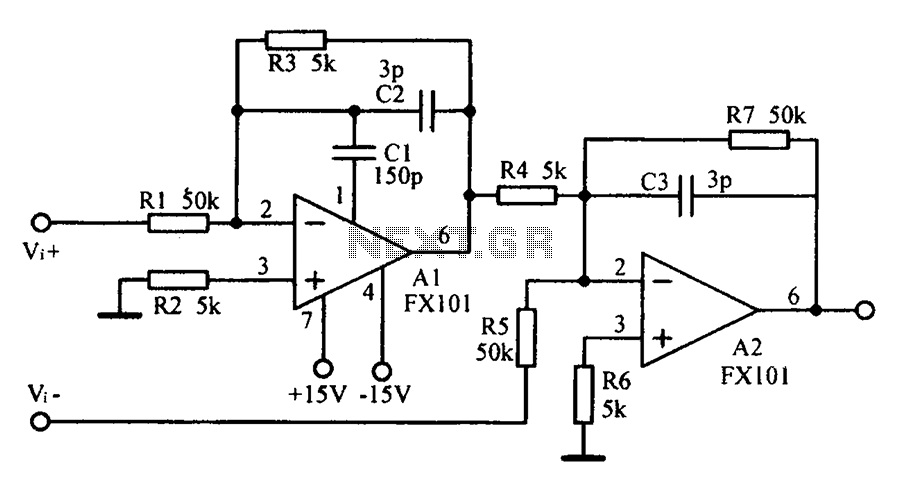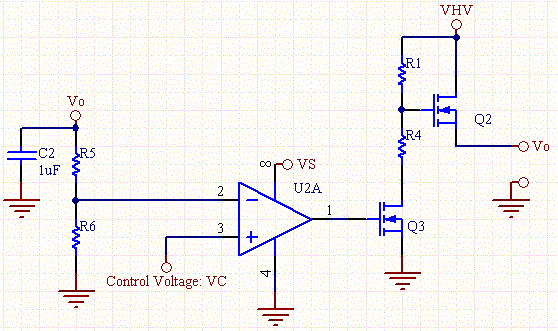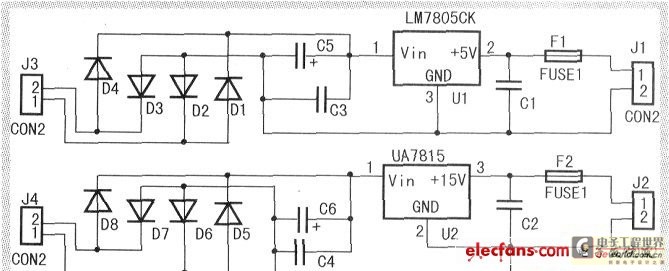
Voltage Regulator For Cars And Motorcycles

This regulator circuit can be used on an alternator that has one field terminal grounded. When the input voltage becomes too high, Q1 conducts, and the base of Q2 is driven toward ground, reducing the voltage fed to Q3. This lowers the voltage supplied to the field of the alternator.
The described regulator circuit is designed to stabilize the output voltage of an alternator by controlling the excitation of its field winding. In this configuration, the alternator's field terminal is grounded, which allows for efficient regulation of the output voltage.
The operation begins with the input voltage (V) being monitored. When this voltage exceeds a predetermined threshold, transistor Q1 becomes conductive. This conduction effectively pulls the base of transistor Q2 towards ground potential. As a result, Q2 turns off, leading to a decrease in the base current to transistor Q3. Consequently, Q3 also reduces its conduction, which directly affects the voltage applied to the alternator's field winding.
By lowering the voltage to the field, the regulator circuit effectively reduces the magnetic field strength generated by the alternator. This action helps to prevent overvoltage conditions that could potentially damage the electrical components connected to the alternator or the alternator itself.
In summary, this regulator circuit is a critical component in automotive and industrial applications, ensuring that the alternator operates within safe voltage limits while maintaining optimal performance under varying load conditions. The use of transistors for voltage regulation allows for rapid response to changes in input voltage, providing a robust solution for voltage management in alternator systems. This regulator circuit can be used on an alternator that has one field terminal grounded. When + V (input) gets too high, Ql conducts, and the base of Q2 is driven toward ground, reducing the voltage fed to Q3. This lowers the voltage fed to the field of the alternator. 🔗 External reference
The described regulator circuit is designed to stabilize the output voltage of an alternator by controlling the excitation of its field winding. In this configuration, the alternator's field terminal is grounded, which allows for efficient regulation of the output voltage.
The operation begins with the input voltage (V) being monitored. When this voltage exceeds a predetermined threshold, transistor Q1 becomes conductive. This conduction effectively pulls the base of transistor Q2 towards ground potential. As a result, Q2 turns off, leading to a decrease in the base current to transistor Q3. Consequently, Q3 also reduces its conduction, which directly affects the voltage applied to the alternator's field winding.
By lowering the voltage to the field, the regulator circuit effectively reduces the magnetic field strength generated by the alternator. This action helps to prevent overvoltage conditions that could potentially damage the electrical components connected to the alternator or the alternator itself.
In summary, this regulator circuit is a critical component in automotive and industrial applications, ensuring that the alternator operates within safe voltage limits while maintaining optimal performance under varying load conditions. The use of transistors for voltage regulation allows for rapid response to changes in input voltage, providing a robust solution for voltage management in alternator systems. This regulator circuit can be used on an alternator that has one field terminal grounded. When + V (input) gets too high, Ql conducts, and the base of Q2 is driven toward ground, reducing the voltage fed to Q3. This lowers the voltage fed to the field of the alternator. 🔗 External reference
Warning: include(partials/cookie-banner.php): Failed to open stream: Permission denied in /var/www/html/nextgr/view-circuit.php on line 713
Warning: include(): Failed opening 'partials/cookie-banner.php' for inclusion (include_path='.:/usr/share/php') in /var/www/html/nextgr/view-circuit.php on line 713
